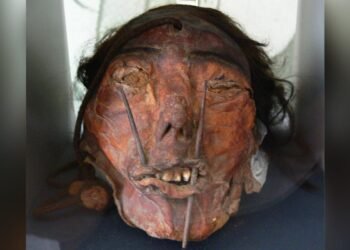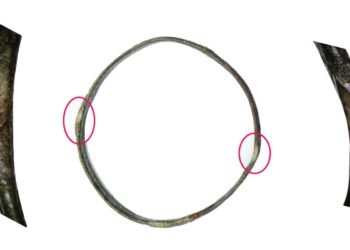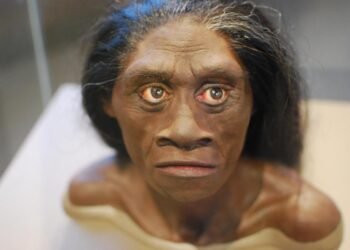Taiwan is an ideal place for investigating hominid adaptation on islands. A team of researchers from Australia, Japan, Taiwan, and Vietnam discovered a 6,000-year-old skull and femur bones in a cave in a mountainous part of Taiwan, which could provide evidence for the presence of an ancient Indigenous tribe.

However, there had been no physical evidence of them until recently. The researchers discovered a skull and leg bones in a cave that have been dated to around 6,000 years ago—a time before the ancestors of people currently alive on the island arrived.
These human skeletal remains validate the existence of small-stature hunter-gatherers 6,000 years ago in the preceramic phase for the first time. This female individual shared remarkable cranial affinities and small stature characteristics with Indigenous Southeast Asians, particularly the Negritos of northern Luzon. The experts estimate her height to be around 1.3 meters.
The researchers claim that their discoveries confirm the existence of these ancient Taiwanese people, but they do not explain what happened to them. They had apparently vanished by the time other early Austronesian populations arrived.
The researchers also note that small, dark-skinned people were mentioned in documents from the Qin Dynasty, and all but one of Taiwan’s 16 Austronesian groups have stories of small, dark-skinned people who previously lived in the mountains.
The new findings bring attention to the period of coexistence between older hunter-gatherer communities and the newly arrived Austronesian-speaking farmers in Taiwan.
Although many details remain unknown, the study solves several hundred-year-old mysteries of the ‘little black people’ legends in Formosan Austronesian tribes and sheds light on Southeast Asia’s broader prehistory.
More information: Hsiao-chun Hung et al, (2022). Negritos in Taiwan and the wider prehistory of Southeast Asia: new discovery from the Xiaoma Caves. World Archaeology. DOI: 10.1080/00438243.2022.2121315























